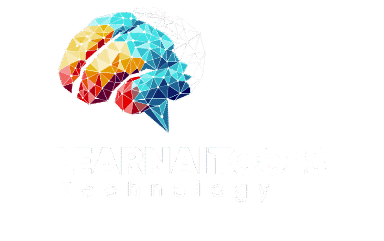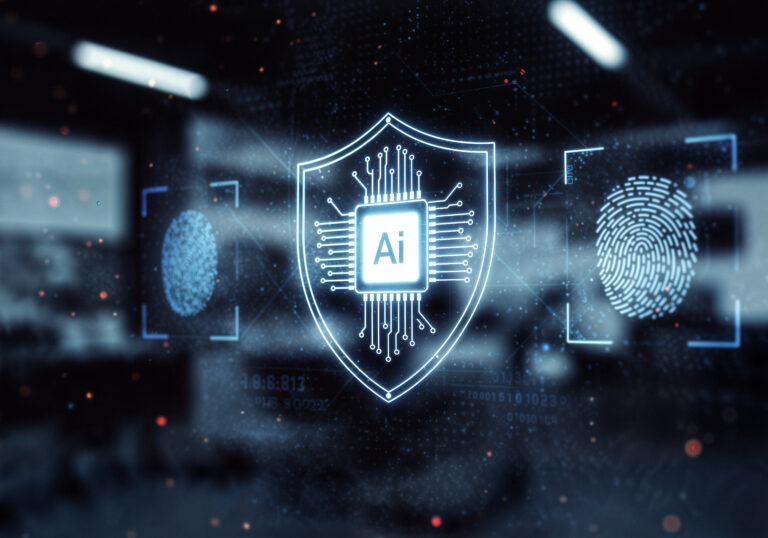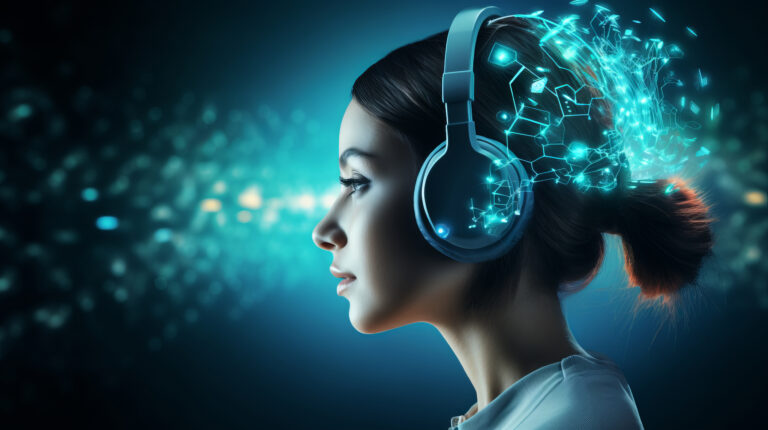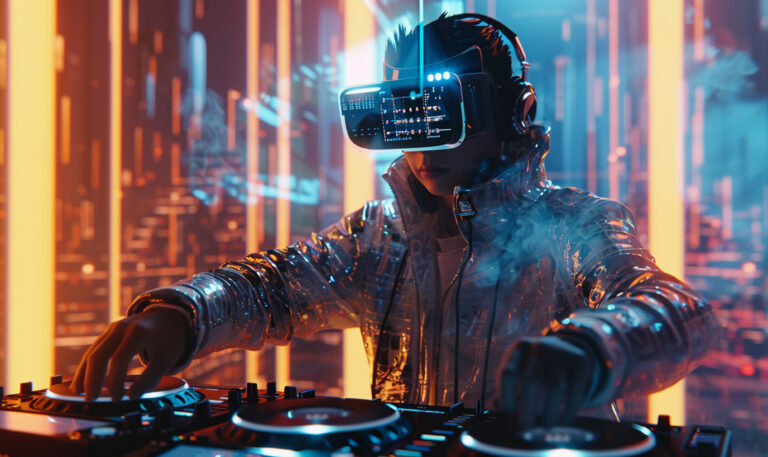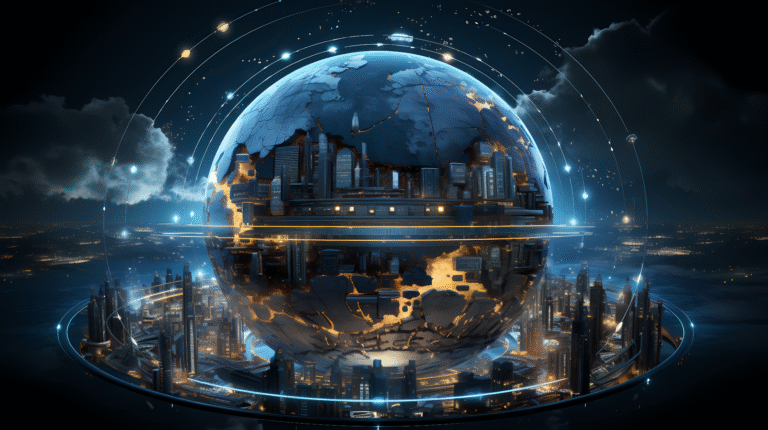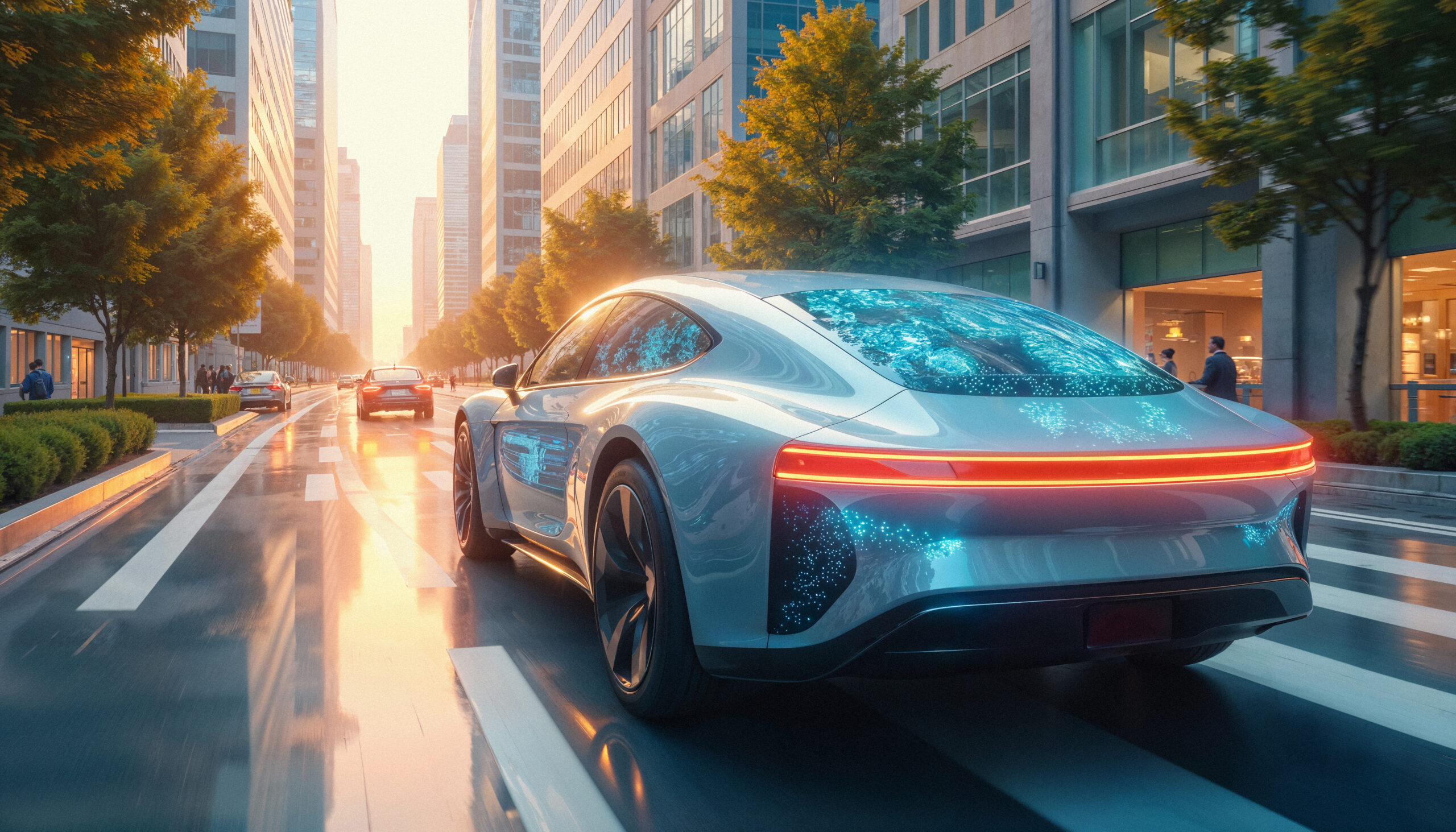
Tesla AI 2025: Driving the Future of Intelligent Innovation
Tesla AI 2025 is shaping the future of mobility and technology like never before. Tesla has always been at the forefront of innovation, but with artificial intelligence becoming its core strength, the company is redefining transportation, energy, and automation. The year 2025 marks a turning point where Tesla’s AI systems are not just about cars—they are about creating a smarter, more connected world.
Tesla AI 2025 represents Elon Musk’s vision of combining machine learning, robotics, and self-learning systems into Tesla’s products. From autonomous driving to energy optimization, AI is becoming the driving force behind Tesla’s progress.
Tesla AI 2025 and Autonomous Driving
Tesla AI 2025 is transforming autonomous driving into a reality. Tesla’s Full Self-Driving (FSD) software relies on deep neural networks trained on billions of miles of driving data. With 2025 advancements, Tesla cars will navigate complex city streets, highways, and unpredictable conditions with minimal human input.
Tesla AI 2025 ensures that driving is not just safe but also efficient. The system constantly learns from every Tesla car on the road, making the AI smarter and more reliable over time. This global learning network gives Tesla a unique advantage over competitors.
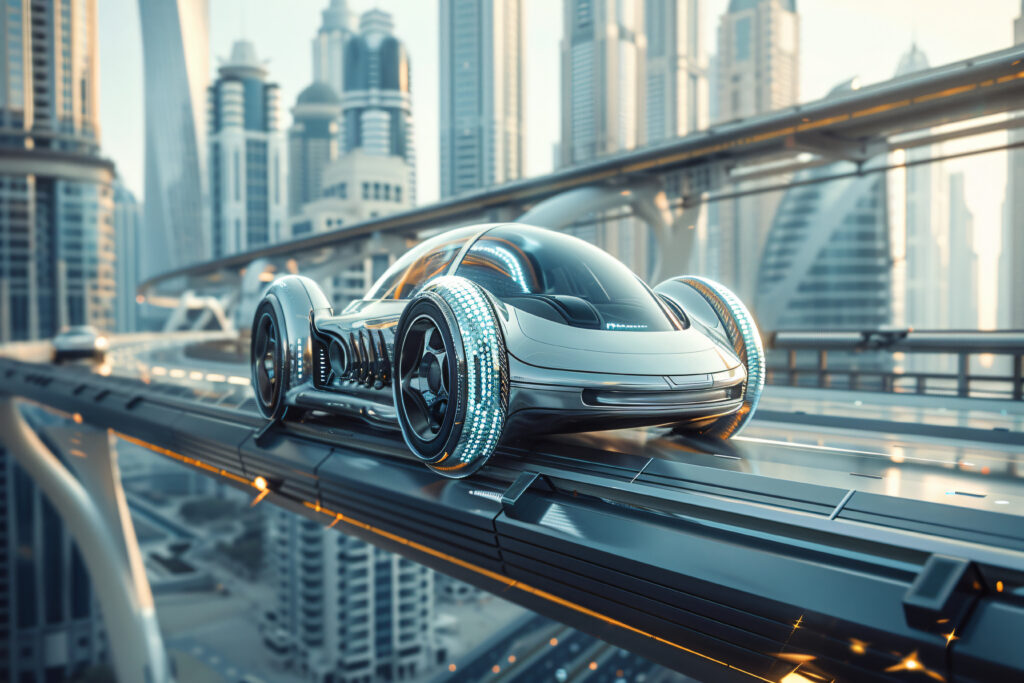
Tesla AI 2025 and Energy Solutions
AI 2025 is not limited to cars—it is also revolutionizing clean energy. Tesla’s AI-powered energy storage systems like Powerwall and Megapack analyze energy demand and supply patterns to optimize consumption.
AI 2025 helps households, businesses, and cities reduce their carbon footprint by using AI for smart grid management. By predicting peak energy usage and adjusting accordingly, Tesla ensures a sustainable and eco-friendly energy future.
Tesla AI 2025 and Robotics
Tesla AI 2025 is bringing humanoid robotics closer to daily life with the Tesla Bot project. Designed to handle repetitive and dangerous tasks, Tesla Bot uses advanced AI systems to mimic human movements and decision-making.
AI 2025 sees these robots assisting in manufacturing, logistics, and even household chores. By merging robotics with AI, Tesla aims to reduce human labor in risky jobs and provide efficiency in everyday life.
Tesla AI 2025 and Neural Networks
Tesla AI 2025 relies heavily on advanced neural networks. Tesla’s Dojo supercomputer, designed specifically for AI training, enables the company to process vast amounts of real-world driving data at unmatched speeds.
AI 2025 leverages Dojo to improve self-driving systems, robotics, and energy solutions simultaneously. This powerful infrastructure ensures Tesla maintains leadership in AI research and real-world applications.
Tesla AI 2025 in Smart Manufacturing
Tesla AI 2025 is optimizing Tesla factories with intelligent automation. AI-driven robots handle precision tasks, quality control, and predictive maintenance. This reduces downtime, increases efficiency, and ensures Tesla maintains cost-effective production.
AI 2025 creates a balance between human workers and AI-driven machines, allowing Tesla to scale production without compromising quality. Smart manufacturing is the backbone of Tesla’s ambitious growth plans.
Tesla AI 2025 and Safety Enhancements
AI 2025 prioritizes safety above everything else. AI-powered sensors, cameras, and radars continuously monitor the car’s surroundings, preventing collisions and accidents.
AI 2025 uses predictive algorithms to anticipate road hazards and respond faster than human reflexes. These improvements are making Tesla vehicles some of the safest on the road worldwide.
Tesla AI 2025 and Global Impact
AI 2025 is influencing not only transportation but also global sustainability goals. By combining AI with renewable energy, Tesla is contributing to climate change solutions.
AI 2025 shows how innovation can drive both business success and environmental responsibility. This dual impact sets Tesla apart as a pioneer of intelligent, sustainable progress.
Tesla AI 2025: Challenges and Opportunities
AI 2025 also faces challenges such as regulatory approval, ethical debates around AI decision-making, and cybersecurity risks. However, Tesla continues to address these concerns with transparency and constant innovation.
AI 2025 provides opportunities for safer roads, sustainable energy, and advanced robotics. The future promises not just smarter cars but a smarter lifestyle supported by Tesla’s AI ecosystem.
Conclusion
Tesla AI 2025 is more than a technological upgrade—it is a revolution. From autonomous driving and robotics to energy management and smart factories, Tesla is merging AI with everyday life.
Tesla AI 2025 represents a future where innovation, sustainability, and intelligence come together. For consumers, businesses, and societies, Tesla’s AI-driven journey is a glimpse into a smarter, safer, and greener world. To explore more insights and resources on AI advancements, visit Learn Ai Tools.
